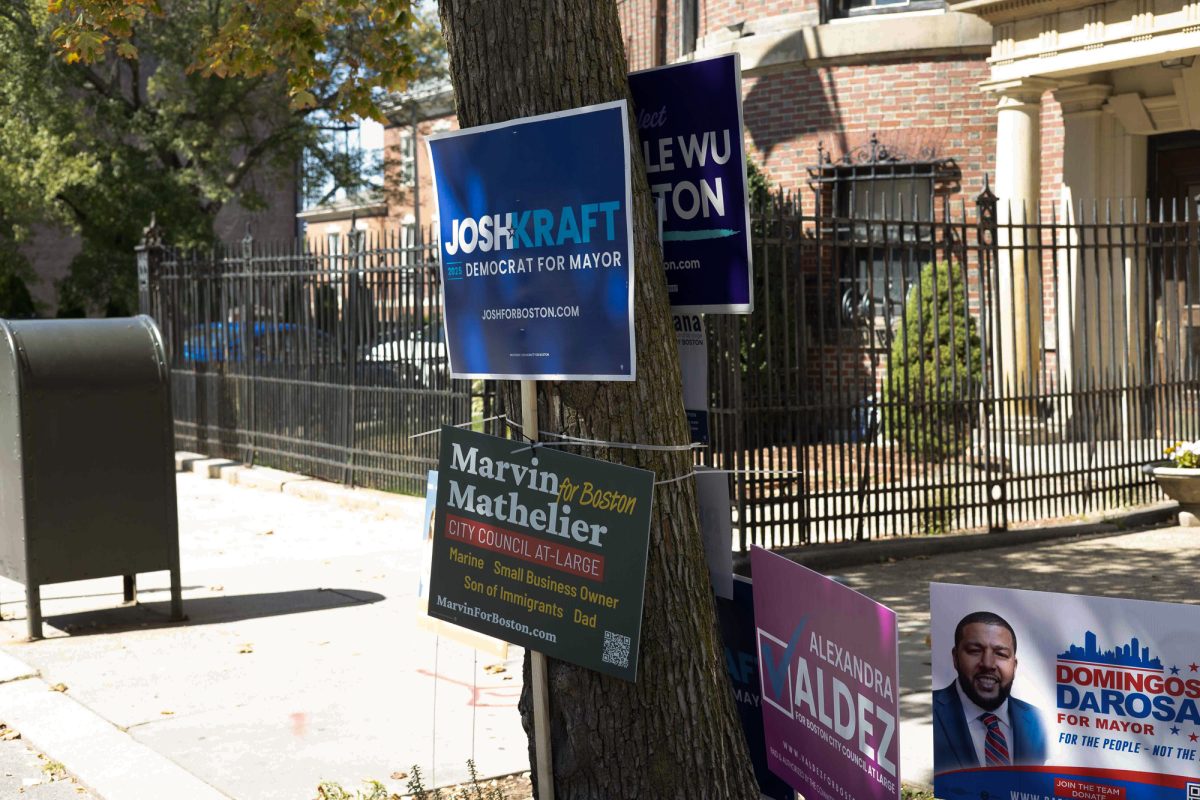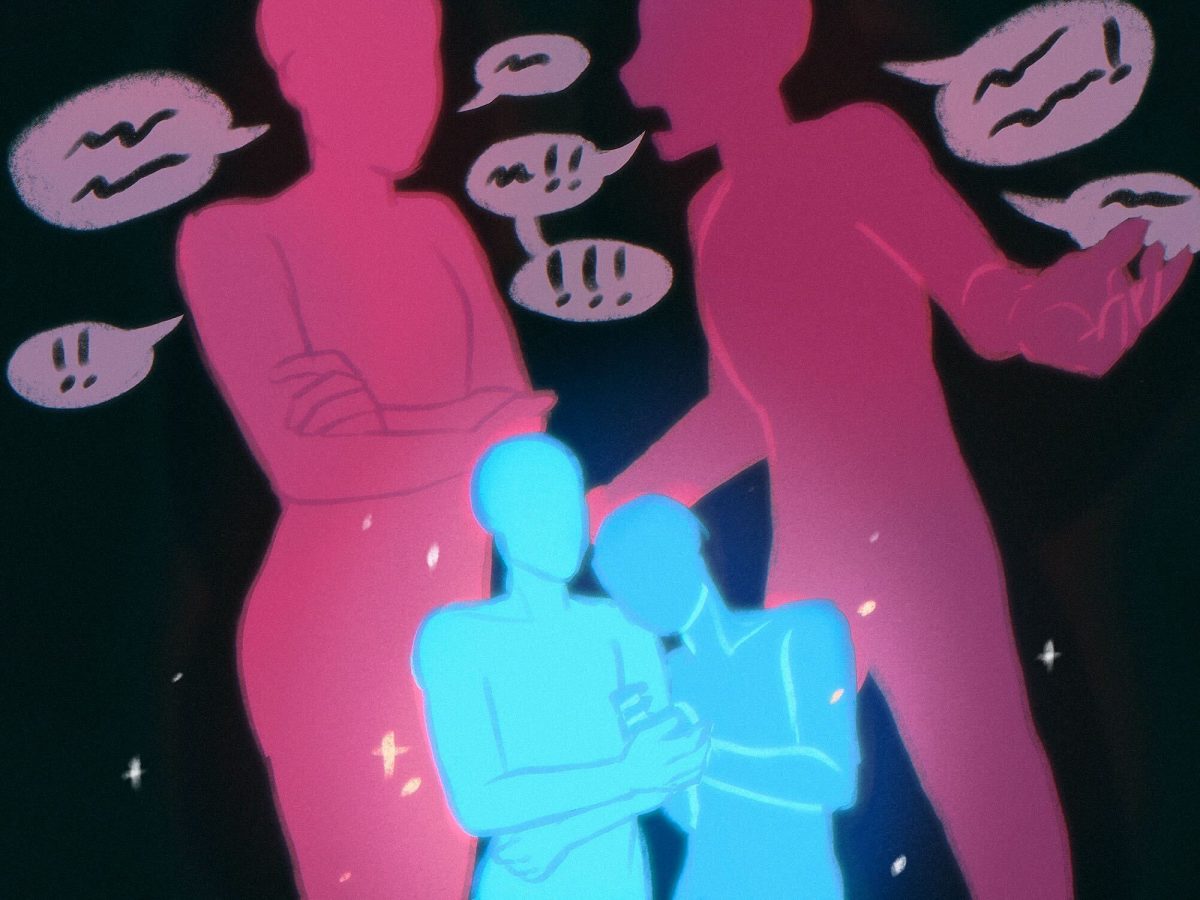It’s been a messy year for the Massachusetts Bay Transpiration Authority’s Green Line. 2008 brought a number of Green Line accidents, including a fatal train-on-train collision early this summer, striking of a pedestrian near Boston College earlier this fall, and most recently, a train collision at the Copley Station that caused hours of delays in November. It’s no secret that the MBTA has a poor long-term track record when it comes to safety. But the Green Line, in particular, is operating on an antiquated signaling system, and upgrading the city emergency response system is only addressing the aftermath of the problems, and will do nothing to prevent future accidents and injury.
Boston fire, police and medical services are now convening to address gaps in the citywide emergency dispatch system in light of a Nov. 14 accident on the Green Line, among other incidents that caused serious injuries. Making the emergency response system in Boston more efficient and streamlined is a necessary job the city should waste no time in finishing, but doing so does nothing to address the mass transit accidents it will undoubtedly be called upon to dispatch.
In order to really address the safety issue the MBTA faces, it should take a look at its own dispatching system. The Green Line serves mostly above-ground traffic, and inherently must find a way to coexist with vehicular and pedestrian traffic at street-level. Since its inception in the late 1800s, individual trains have been responsible for their own navigation and deployment, relying upon basic traffic signals that are tied to the automobile grid. Though it may not be possible to address every situation Green Line trains may encounter, the T could stand to benefit from a certain degree of traffic automatization.
Other, larger subway systems have been able to integrate full automatization into their subway systems. This may not be possible for the Green Line, since it is largely a streetcar system, but it is clear that the current system of human discretion and subjective traffic adjustments. A more optimized Green Line would get preference at times of high-congestion over street traffic, and the lines would avoid getting jammed up as a result of traffic stops and rush hour passengers.
A smarter Green Line is a safer Green Line. Bostonians can take pride in the fact that they have’ America’s oldest subway system, but they should place more importance on having America’s safest.
















































































































45. It is not that expensive to run another hour and a half just 2 or 3 nights a week. More people would travel to the heart of the city in Faneil hall and such if they didn't have to think about taking an expensive cab back home. • Aug 3, 2010 at 2:20 pm
When will the day come that the T will run to at least 2am on the weekends? Boston supports dirty disgusting greedy cab drivers by stopping the T at 12
C • Aug 3, 2010 at 2:20 pm
When will the T ever give you the quality of service that a system that charges $2 a ride should have? Everyone should boycott the T and instead ride a bike or walk. Boston is TINY.